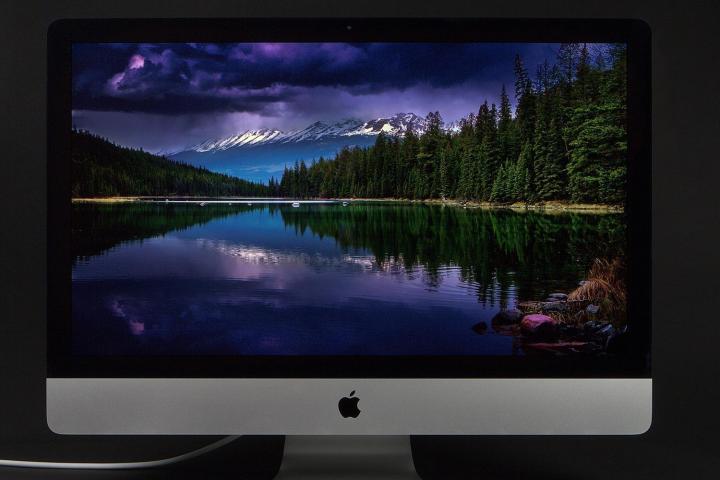
Wednesday was the presumed release date for refreshed versions of the 15-inch MacBook Pro and the 27-inch 5K iMac, but they’re available to purchase now from Apple’s online store. As expected, the MacBook Pro gains a Force Touch trackpad as well as improvements to its battery life and the speed of storage access and its graphics capabilities — and has become $100 more expensive as a result. The base price is now $1,999, and you’ll need to pay $2,499 for discrete graphics.
Meanwhile, there’s a new version of the 27-inch 5K iMac that features a few tweaks to drive its price down, such as a standard hard drive rather than one of Apple’s Fusion drives and a less powerful version of AMD discrete graphics. These changes make the entry-level iMac with Retina only $1,999. The previous base model has also received a price cut of $200 and now sells for $2,299.
The fact that these two updates have been launched now rather than close to WWDC adds credence to the belief that hardware is not going to be a major focus at Apple’s next big event. Instead, the company looks set to concentrate on OS X and iOS, which would make sense give that it’s a developer conference — although we will likely see at least some spotlight on the recently released Apple Watch, and perhaps even a reveal of the next iteration of Apple TV.
The new 15-inch MacBook Pro and 27-inch iMac are both available to purchase now via the Apple Store. Apple’s WWDC 2015 event runs from June 8 – June 12.
Editors' Recommendations
- These 6 tweaks take MacBooks from great to nearly perfect
- If you buy one MacBook Air alternative, make it this one
- The case for buying the M2 MacBook Air over the M3 model
- Which color MacBook should you buy? Here’s how to pick
- Why you should buy a MacBook Air instead of a MacBook Pro


